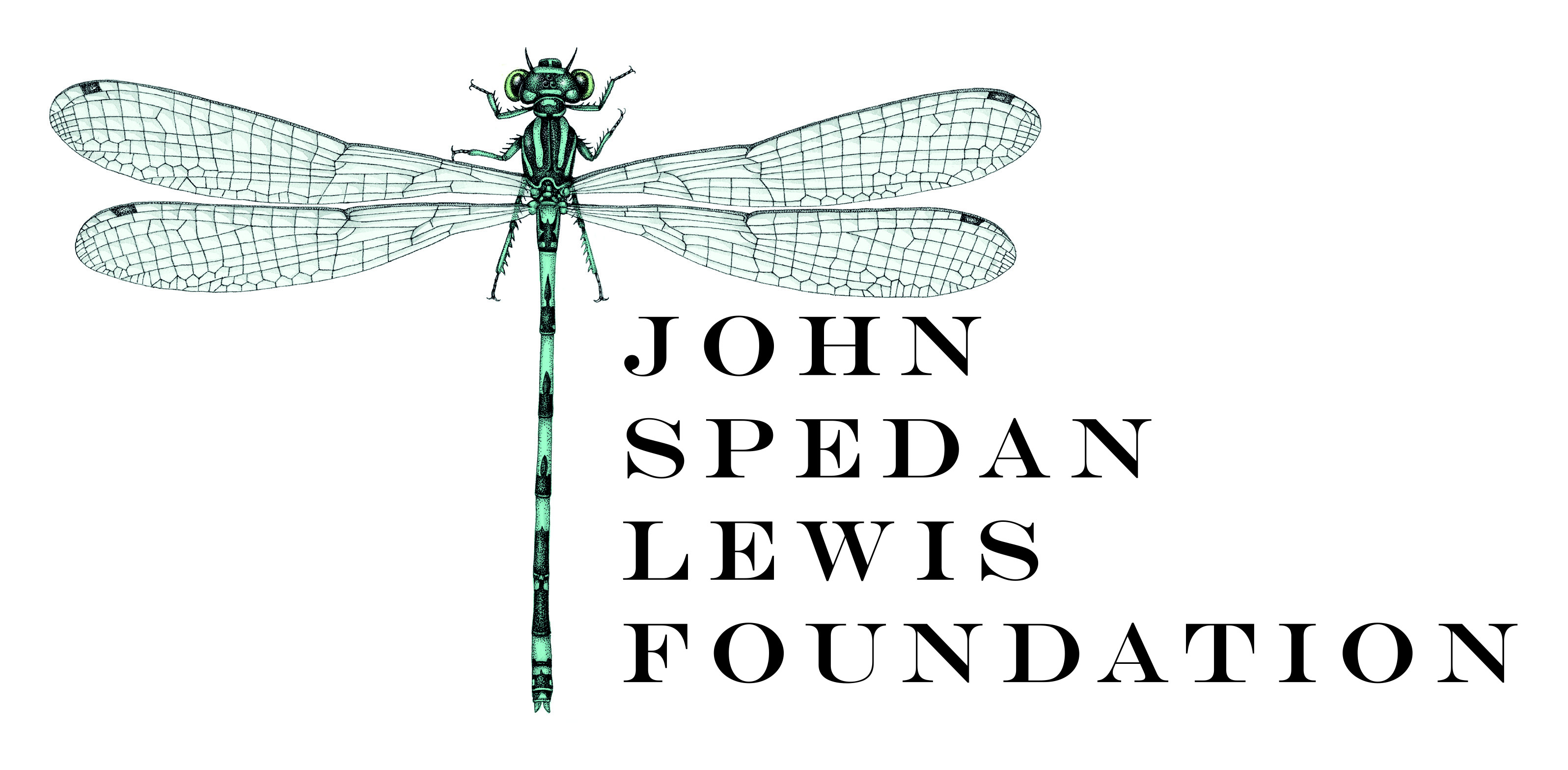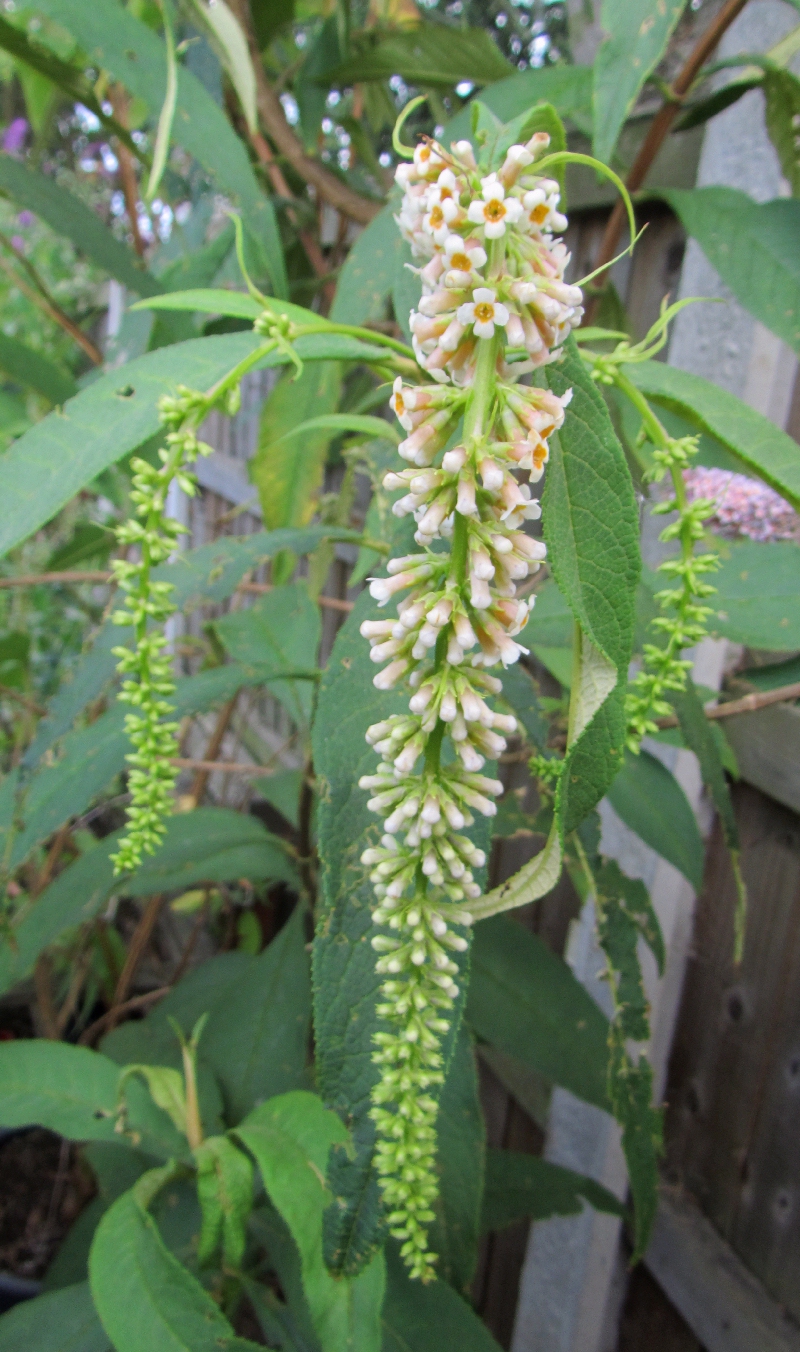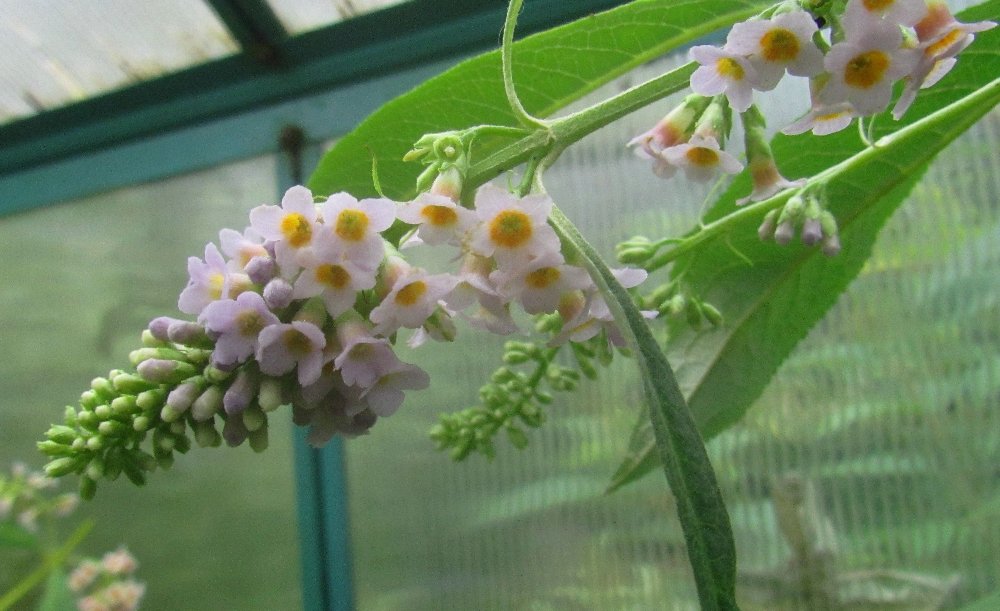Buddleja forrestii
Sponsor
Kindly sponsored by
The John Spedan Lewis Foundation

Credits
Andrew Large (2021)
Recommended citation
Large, A.T. (2021), 'Buddleja forrestii' from the website Trees and Shrubs Online (treesandshrubsonline.
Genus
Synonyms
- Buddleja cooperi W.W. Smith
- Buddleja forrestii var. gracilis Lingelsheim
- Buddleja henryi Rehder & E.H. Wilson
- Buddleja henryi var. glabrescens C. Marquand
- Buddleja latiflora S.Y. Pao
- Buddleja limitanea W.W. Smith
- Buddleja longifolia Gagnepain
- Buddleja pterocaulis A.B. Jackson
- Buddleja subherbacea Keenan
- Buddleja taliensis W.W. Smith
Other taxa in genus
- Buddleja albiflora
- Buddleja alternifolia
- Buddleja araucana
- Buddleja asiatica
- Buddleja auriculata
- Buddleja caryopteridifolia
- Buddleja colvilei
- Buddleja cordata
- Buddleja crispa
- Buddleja crispa × lindleyana
- Buddleja curviflora
- Buddleja davidii
- Buddleja delavayi
- Buddleja fallowiana
- Buddleja fallowiana × davidii
- Buddleja FLUTTERBY™ Series
- Buddleja globosa
- Buddleja glomerata
- Buddleja japonica
- Buddleja lindleyana
- Buddleja LO AND BEHOLD® Series
- Buddleja longiflora
- Buddleja loricata
- Buddleja × luteolufaucia
- Buddleja macrostachya
- Buddleja marrubiifolia
- Buddleja megalocephala
- Buddleja 'Miss Ruby'
- Buddleja 'Morning Mist'
- Buddleja myriantha
- Buddleja New Dwarf Hybrids
- Buddleja nivea
- Buddleja officinalis
- Buddleja 'Orange Sceptre'
- Buddleja paniculata
- Buddleja × pikei
- Buddleja 'Pink Delight'
- Buddleja saligna
- Buddleja 'Salmon Spheres'
- Buddleja salviifolia
- Buddleja 'Silver Frost'
- Buddleja speciosissima
- Buddleja 'Summer Beauty'
- Buddleja virgata
- Buddleja × wardii
- Buddleja × weyeriana
- Buddleja × weyeriana Hybrids
- Buddleja 'Winter Sun'
Shrub 1–6 m tall; young branchlets, leaves, petioles, and inflorescences glabrous or pubescent and with glandular hairs but soon glabrescent. Branchlets nearly 4-angled, often narrowly winged. Petiole 2–15 mm; leaf blade narrowly elliptic, 5–35 × 1–8 cm, base cuneate to decurrent, margin crenate-serrate, serrate, less often dentate, apex acuminate. Inflorescences terminal and often also in or above axils of upper leaves, thyrsoid or less often paniculate, lax to almost spikelike and then interrupted or not, 6–25 × 2–8 cm. Calyx campanulate, 3.5–7 mm, outside glabrous or stellate tomentose and with some minute glandular hairs; lobes triangular, 1–2 × 1.5–3 mm. Corolla off-white, pinkish, purple, or mauve, 0.9–1.6 cm; tube 7–11 × 2–3.5 mm, inside pilose above middle; lobes suborbicular, 2–6 × 2–5.5 mm, inside glabrous or with some glandular hairs, outside glabrous or stellate tomentose only towards the mooth, some minute glandular hairs. Stamens inserted in corolla tube, inside the mouth to just below the middle of the corolla tube; anthers ovate, sessile to subsessile. Ovary ovoid to subovoid, 2–6 × 1–3 mm, stellate tomentose only at the apex or glabrous. Capsules ellipsoid to narrowly ovoid, 6–12 × 2–4 mm, with some glandular hairs. Seeds narrowly elliptic, 2–4 mm, winged all around. (Leeuwenberg 1979; Li & Leeuwenberg 1996).
Distribution Bhutan Myanmar China Sichuan, SE Xizang, Yunnan India Assam
Habitat Open woodlands and forest edges, in thickets, along stream banks, 400–3400 m asl.
USDA Hardiness Zone 8-9
RHS Hardiness Rating H4
Taxonomic note A number of species were reduced to synonyms of Buddleja forrestii by Leeuwenberg (1979) based on the similarity of the flower morphology.
A very variable species with a wide distribution, named by Diels in 1912 for George Forrest who had made a collection of the species in Yunnan in 1906 (B. forrestii lectotype) (Stuart 2006). Leeuwenberg (1979) controversially sunk a number of species into B. forrestii, including B. limitanea, a plant originally considered as a separate species based on its smaller foliage and less vigorous growth habit. Unlike other synonyms, B. limitanea is still widely used in horticulture for smaller types of B. forrestii, although this distinction is not upheld here.
B. forrestii plants can have different panicle shapes and sizes, from long cat-tail panicles to short interrupted thyrsoids. However, the individual flowers of all types share a very similar morphology, with short and conical glabrous corolla tubes. The flower colour can be white, pale pink through to mauve-purple, usually flowering from mid-summer, either once, or continuously until autumn. Branchlets can be four-angled and conspicuously winged, but this character is not present in all types. Growth habit is also inconsistent, with the different types varying from suffrutescent herbs to modest shrubs to small trees.
B. forrestii can be mistaken for the closely related B. macrostachya, which it resembles in most characters, and intermediate plants or hybrids have been reported (Li & Leeuwenberg 1996). The species may be distinguished by close examination of the flowers and seed capsules: in B. forrestii the outside of the corolla tube is glabrous or only loosely stellate-tomentose in the upper half, capsules are glabrous, sometimes with a very few glandular hairs; the corolla of B. macrostachya is densely stellate-tomentose overall, and the capsules appressedly stellate-tomentose (Leeuwenberg 1979).
The hardiness varies, but most types are root-hardy to –10º C. It requires sun and some shelter from cold or strong winds, and prefers a well-drained but moist soil, especially in summer as it is not drought tolerant.


